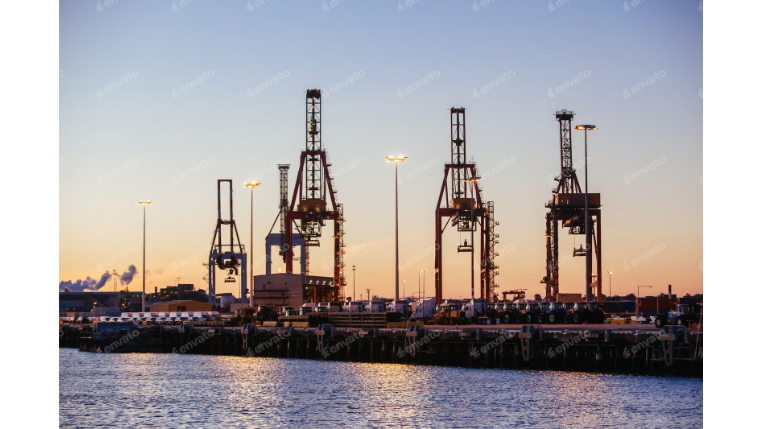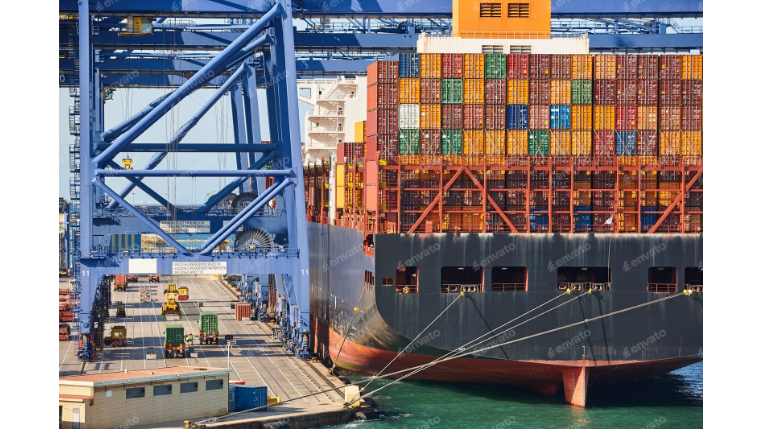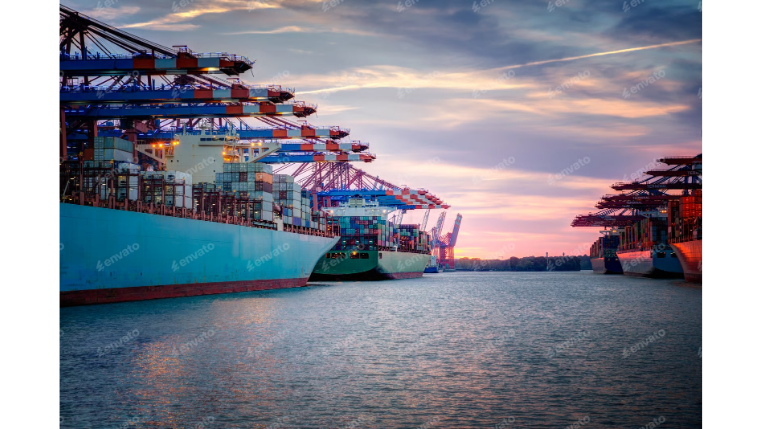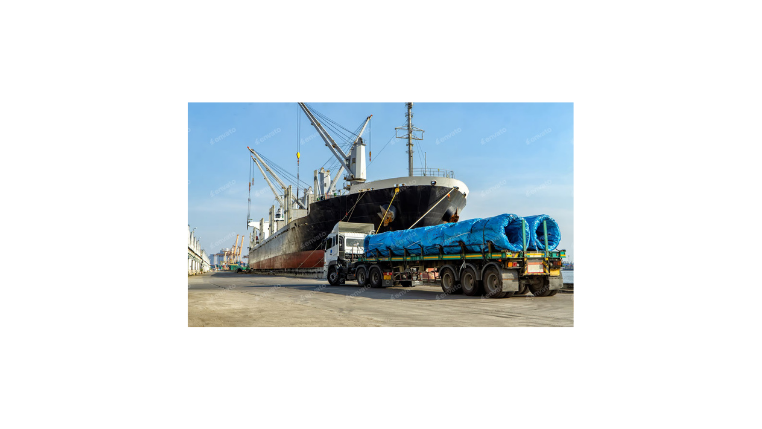Maximizing Your Cargo: A Complete Guide to the 40ft High Cube Container
In the world of ocean freight, optimizing space is the key to optimizing cost. The 40ft High Cube (HC) container has become an indispensable tool for shippers, offering a practical and efficient solution for moving tall, bulky, or high-volume goods. With an additional foot of vertical space compared to a standard container, it unlocks significant extra capacity, often for a minimal price difference. This guide provides a detailed breakdown of the 40ft High Cube’s dimensions, benefits, and pallet capacity, helping you make informed decisions to streamline your supply chain.
What is a 40ft High Cube Container?
A 40ft High Cube container is a type of intermodal (shipping) container that has the same length and width as a standard 40ft container but is exactly one foot taller. This extra height makes it ideal for shipping cargo that is either over-height or is light and voluminous, allowing shippers to utilize the vertical space to load more goods and maximize the value of their freight spend. Due to their immense utility, 40ft High Cubes are now one of the most common container types in circulation on major global trade routes.
40ft High Cube Container Dimensions and Specifications
Understanding the precise specifications of an HC container is crucial for effective load planning. While slight variations can exist between manufacturers, the standard dimensions are as follows:
- Exterior Dimensions (L x W x H):
- Imperial: 40' x 8' x 9' 6"
- Metric: 12.19m x 2.44m x 2.89m
- Interior Dimensions (L x W x H):
- Imperial: 39' 5" x 7' 8" x 8' 10"
- Metric: 12.03m x 2.35m x 2.70m
- Cubic Capacity: Approximately 2,694 cubic feet or 76.3 cubic meters (CBM).
- Maximum Payload (Cargo Weight): Typically ranges from 58,000 to 62,000 lbs (approx. 26,300 to 28,200 kg), but this can vary. It is essential to check the specific container’s CSC (Convention for Safe Containers) plate for the exact maximum payload.
Standard 40ft Container vs. 40ft High Cube: A Head-to-Head Comparison
The choice between a standard 40ft container (General Purpose or GP) and a 40ft High Cube comes down to three key factors: height, volume, and cost.
- The Key Difference: Height
- 40ft High Cube: 9' 6" (2.89m) tall.
- 40ft Standard (GP): 8' 6" (2.59m) tall. This extra foot of height is the defining feature of the HC container.
- Cubic Capacity
- 40ft High Cube: Offers around 76 CBM of internal volume.
- 40ft Standard (GP): Offers around 67 CBM of internal volume. This means the High Cube provides approximately 13% more storage space. For shippers with light but bulky goods, this additional volume is a game-changer.
- Cost and Availability
- Surprisingly, the price difference between a 40ft GP and a 40ft HC is often negligible on many major trade lanes. Because HCs are so popular and widely available, carriers do not always charge a significant premium. This makes the High Cube a fantastic value proposition, offering more space for a similar price.
The Strategic Benefits of Choosing a High Cube Container
Opting for a 40ft HC can provide several strategic advantages:
- Maximize Cargo Volume: The most obvious benefit is the ability to fit more product into a single container, which can reduce the total number of containers needed for a large shipment, thus lowering the overall cost per unit.
- Accommodate Over-Height Cargo: It is the perfect solution for goods that are too tall to fit into a standard container, such as large machinery, construction materials, or unassembled furniture.
- Improved Loading Flexibility: For certain types of cargo, the extra vertical clearance can make it easier and safer for forklifts to maneuver inside the container during loading and unloading. This is particularly useful when double-stacking pallets.
Practical Application: Pallet Capacity of a 40ft High Cube
The number of pallets that can fit into a 40ft HC depends on the pallet size and how they are arranged.
- Standard Pallets (1.2m x 1.0m): You can typically fit 20-21 pallets on the floor.
- Euro Pallets (1.2m x 0.8m): You can typically fit 23-24 pallets on the floor.
The key advantage of the High Cube is the potential for double-stacking. If your cargo is sturdy enough and its height allows for it, you can potentially double these numbers. However, this is entirely dependent on the nature, height, and crushability of the goods themselves.
Conclusion
In conclusion, the 40ft High Cube container is a powerful and versatile tool for any shipper looking to maximize efficiency. Its ability to offer significantly more volume for a marginal, if any, increase in cost makes it a smart choice for a wide range of goods. Making the right container choice is a critical part of strategic freight management. Modern logistics platforms like Modaltrans provide shippers with the tools and data needed to compare container types, analyze costs, and manage bookings efficiently, ensuring you select the optimal solution for every shipment.










